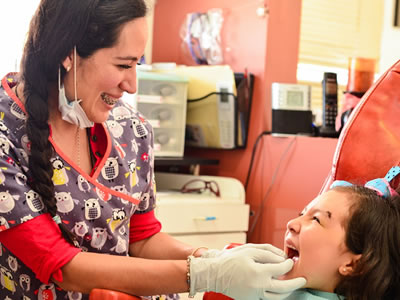Most people have heard of orthodontics — it’s what braces and tooth aligners like Invisalign are used for. But less people will be familiar with dental orthopedics, a closely related subject.
Both are often used in conjunction, particularly with younger children, to ensure the proper development of their teeth and mouth.
Orthodontics vs Orthopedics
Orthodontics is the management of tooth movement. It’s about guiding teeth into the correct position to ensure a proper bite and a healthy mouth.
Orthopedics is the guidance of facial growth and development. It’s about ensuring the jaws themselves are growing into the ideal position to prevent future issues.
“Orthodontics and Dentofacial Orthopedics” is one of nine recognised specialties sanctioned by the American Dental Association. Together, they ensure that a mouth grows into a healthy, effective shape to prevent systemic or chronic problems in the future.
Who Needs Orthopedics?
Orthopedics is typically used on children. It’s easier to guide the growth of the jaw while the child is growing, then to fix the shape of the jaw as an adult.
Narrow jaws or underdeveloped jaws, particularly the mandible (lower jaw) are ideal areas for orthopedics to treat.
How Young Can Someone Be To Get Orthopedic Work Done?
Orthopedic work can actually begin from a fairly young age, even around 5-6 years.
Orthodontic treatment can’t begin until all of the permanent teeth have appeared, typically by around ages 10-13.
However, there are many cases where “pre-orthodontic” appliances can be used. These are intended to help guide the growth and development of the jaw and teeth.
With the use of pre-orthodontic appliances, some children either avoid braces altogether, or at least have significantly reduced treatment times when using them.

